The Advanced Boiling Water Reactors Market (ABWR) market is characterized by a dynamic competitive landscape, driven by the increasing demand for clean energy and the need for enhanced safety measures in nuclear power generation. Key players such as General Electric (US), Hitachi (Japan), and Westinghouse Electric Company (US) are at the forefront, each adopting distinct strategies to solidify their market positions. General Electric (US) emphasizes innovation in reactor design and digital solutions, while Hitachi (Japan) focuses on strategic partnerships to enhance its technological capabilities. Westinghouse Electric Company (US) is actively pursuing regional expansions, particularly in Asia, to capitalize on the growing nuclear energy market. Collectively, these strategies contribute to a competitive environment that is increasingly focused on technological advancement and operational efficiency.
In terms of business tactics, companies are localizing manufacturing to reduce costs and enhance supply chain resilience. The market structure appears moderately fragmented, with several key players exerting influence over regional markets. This fragmentation allows for a variety of competitive strategies, as companies seek to differentiate themselves through innovation and localized solutions.
In August 2025, General Electric (US) announced a partnership with a leading technology firm to develop advanced digital monitoring systems for ABWRs. This strategic move is likely to enhance operational efficiency and safety, positioning General Electric as a leader in integrating digital solutions within nuclear power generation. The collaboration underscores the importance of technological innovation in maintaining competitive advantage in the market.
In September 2025, Hitachi (Japan) revealed plans to expand its ABWR offerings in Southeast Asia, particularly targeting emerging markets with growing energy demands. This expansion strategy not only aims to capture new market share but also reflects Hitachi's commitment to supporting sustainable energy solutions in regions transitioning to nuclear power. Such initiatives may significantly influence the competitive dynamics in the region, as local governments seek reliable energy sources.
In October 2025, Westinghouse Electric Company (US) secured a contract to supply ABWR technology to a new nuclear facility in Eastern Europe. This contract is pivotal, as it not only reinforces Westinghouse's presence in a strategically important region but also highlights the ongoing demand for advanced nuclear technologies. The successful execution of this project could enhance Westinghouse's reputation and market share in the global ABWR landscape.
As of October 2025, the competitive trends in the ABWR market are increasingly defined by digitalization, sustainability, and the integration of artificial intelligence. Strategic alliances are becoming more prevalent, as companies recognize the need for collaboration to drive innovation and enhance operational capabilities. Looking ahead, the competitive differentiation in the market is likely to shift from traditional price-based competition to a focus on technological advancements, reliability in supply chains, and sustainable practices. This evolution suggests that companies that prioritize innovation and strategic partnerships will be better positioned to thrive in the rapidly changing energy landscape.


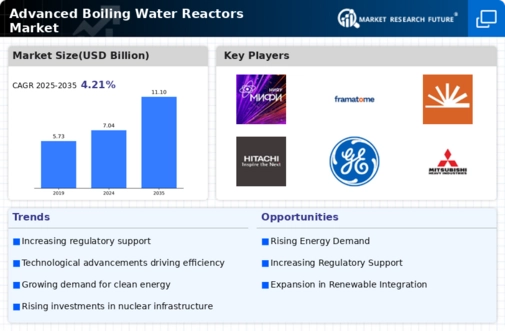
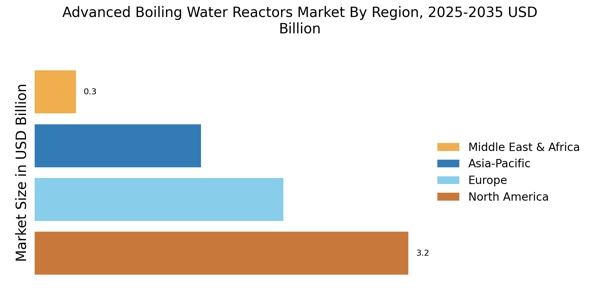
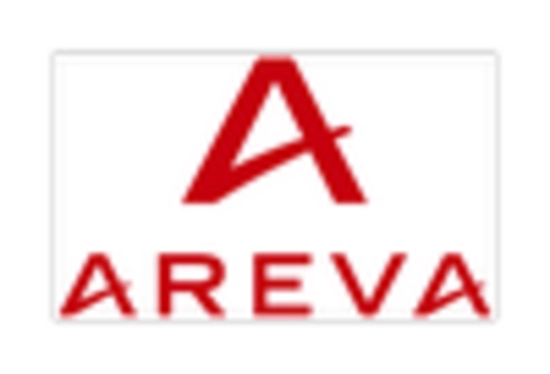



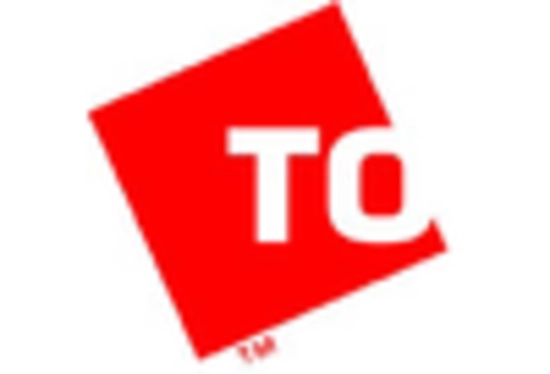
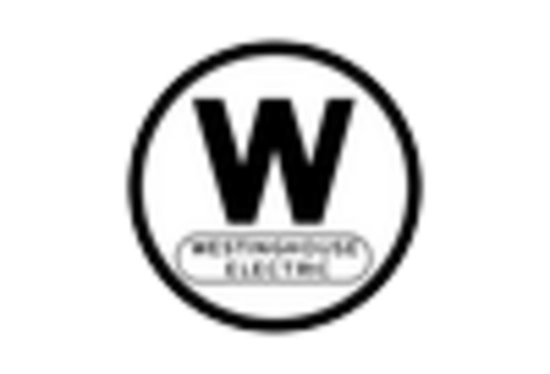








Leave a Comment